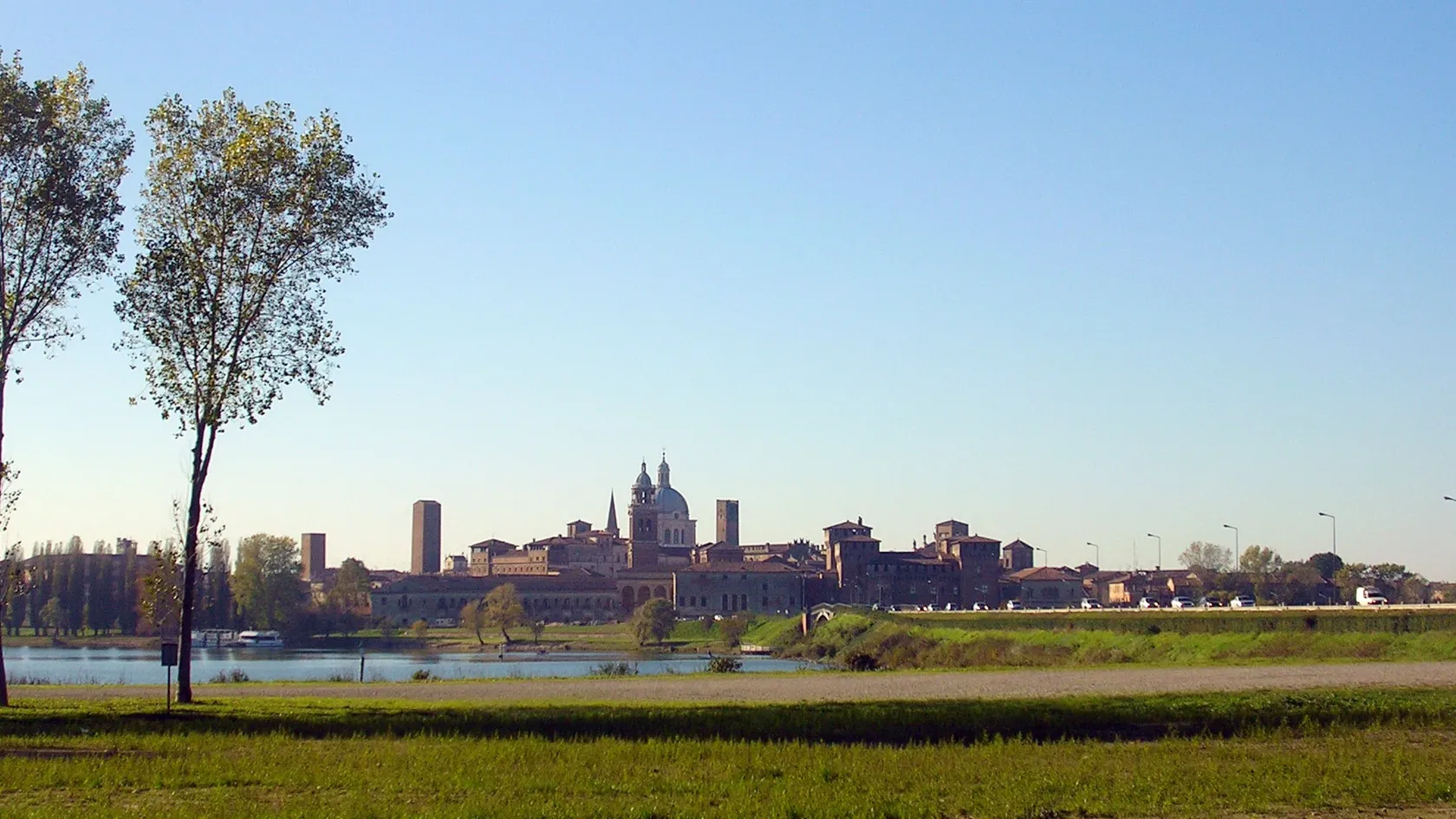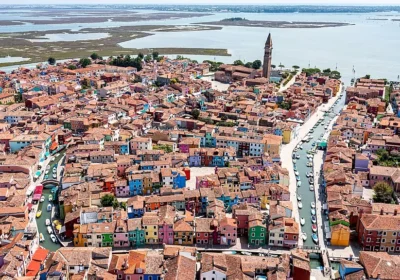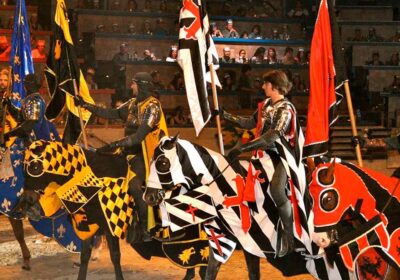Mantua. The splendour of the Gonzaga court.
In prehistoric times, the province of Mantua was inhabited by Etruscan and Gallic tribes. After 220 BC the settlement became part of the Roman Empire. The city was built in the Middle Ages as an impregnable fortress with a quadrangular shape with towers at the corners, surrounded by rivers, lakes and marshes. From the 11th century the land belonged to Boniface III of Tuscany. In 1167 the town acquired the status of a republic and became part of the Union of Free Cities of Lombardy. From 1269 to 1328 the rule of Mantua was taken over by the Bonacolsi family. From 1328 the city was ruled by the Gonzaga family, who were famous art connoisseurs and patrons of the arts. The sleeping beauty of Mantua amidst the dense fog of the Padana plain. Once one of the most luxurious courts in Europe.
From 1328 the city was ruled by the Gonzaga family, famous art lovers and patrons. Sleeping beauty Mantua in the thick fog of the Po plain. Once one of the most luxurious courts in Europe.
The heart of the city is St George’s Castle, the residence of the Gonzaga family. Some 100 rooms, interior squares, gardens and churches. Works by the best Renaissance artists and one of the most famous rooms of the castle, the Camera degli Sposi (room of the newlyweds) by the great Andrea Mantegna.
Not everything remains of the former greatness of the Gonzaga family. The famous collections of paintings will be sold off, the library and sumptuous furniture plundered, but the palace, whose guests included Rubens, Pisanello, Titian, Romanino and Leonardo da Vinci, still retains the atmosphere of a major centre of the Italian Renaissance.
Another masterpiece not to be missed is the Palazzo Te. A country villa built for the secret pleasures of a duke. The country villa of Mantuan Marquis Federico II Gonzaga in the marshlands surrounding Mantua. It was built in 18 months between 1524 and 1525 to a design by Giulio Romano. It was then painted for 10 years by Romano himself and his pupils. It is a striking example of Mannerist art. The official name of the building is Palazzo Te, which is also how it is most often called in Italy. However, the palace received this name relatively recently. Vasari calls it Palazzo del T (pronounced “Te”), while English-speaking authors use the form Palazzo del Te.
Mantua is also a city of strong women. Matilde di Canossa and the “Renaissance Queen” Beatrice D’Este.
The traces of the Holy Grail also lead to this city, namely the Basilica of St Andrew.
You can also specify the sights you would like to visit.

















